
- For PC
- For MAC
- For Linux
- OS: Windows 10 (64 bit)
- Processor: Dual-Core 2.2 GHz
- Memory: 4GB
- Video Card: DirectX 11 level video card: AMD Radeon 77XX / NVIDIA GeForce GTX 660. The minimum supported resolution for the game is 720p.
- Network: Broadband Internet connection
- Hard Drive: 23.1 GB (Minimal client)
- OS: Windows 10/11 (64 bit)
- Processor: Intel Core i5 or Ryzen 5 3600 and better
- Memory: 16 GB and more
- Video Card: DirectX 11 level video card or higher and drivers: Nvidia GeForce 1060 and higher, Radeon RX 570 and higher
- Network: Broadband Internet connection
- Hard Drive: 75.9 GB (Full client)
- OS: Mac OS Big Sur 11.0 or newer
- Processor: Core i5, minimum 2.2GHz (Intel Xeon is not supported)
- Memory: 6 GB
- Video Card: Intel Iris Pro 5200 (Mac), or analog from AMD/Nvidia for Mac. Minimum supported resolution for the game is 720p with Metal support.
- Network: Broadband Internet connection
- Hard Drive: 22.1 GB (Minimal client)
- OS: Mac OS Big Sur 11.0 or newer
- Processor: Core i7 (Intel Xeon is not supported)
- Memory: 8 GB
- Video Card: Radeon Vega II or higher with Metal support.
- Network: Broadband Internet connection
- Hard Drive: 62.2 GB (Full client)
- OS: Most modern 64bit Linux distributions
- Processor: Dual-Core 2.4 GHz
- Memory: 4 GB
- Video Card: NVIDIA 660 with latest proprietary drivers (not older than 6 months) / similar AMD with latest proprietary drivers (not older than 6 months; the minimum supported resolution for the game is 720p) with Vulkan support.
- Network: Broadband Internet connection
- Hard Drive: 22.1 GB (Minimal client)
- OS: Ubuntu 20.04 64bit
- Processor: Intel Core i7
- Memory: 16 GB
- Video Card: NVIDIA 1060 with latest proprietary drivers (not older than 6 months) / similar AMD (Radeon RX 570) with latest proprietary drivers (not older than 6 months) with Vulkan support.
- Network: Broadband Internet connection
- Hard Drive: 62.2 GB (Full client)
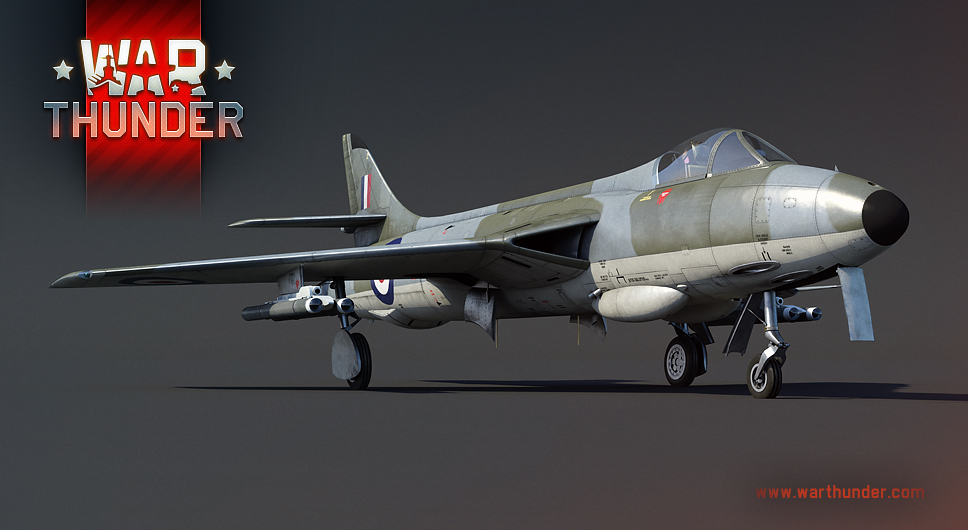
The F.6 is devoid of the shortcomings of its predecessors, an improved fighter modification of the Hawker Hunter jet fighter, which joined the ranks of the RAF in the mid ‘50s. Fans of British aviation will not only rejoice the addition of this highly requested aircraft to War Thunder as part of update 1.89 “Imperial Navy”, but will also look forward to the unique missile armament that comes with it!
Briefly: A new modification of the Hunter jet fighter, featuring improved performance, handling and a deadly new type of air-to-air missile!
With the availability of the more powerful Rolls-Royce Avon 200 series engines in the early 1950s, the Hawker company began developing a new modification of their Hunter jet fighter, which would eventually result in the creation of the Hunter F.6 - one of the last dedicated fighter modifications of this aircraft.
The new Hunter featured, apart from a more powerful engine, a number of other tweaks and changes, most notably, a redesigned wing which contributed to the aircraft’s overall stability during transonic flight. The first prototype of the F.6 flew in January 1954, with serial production commencing in 1956. Overall, 383 aircraft of the type entered service with the RAF before being decommissioned in the early 1980s.
In the late 1970s, the Hunter F.6 was used as a testbed for a new type of air-to-air missile developed by Hawker Siddeley since the late ‘60s. The SRAAM, or Short Range Air-to-Air Missile, was a weapon system developed as an alternative to the American Sidewinder and the British Firestreak missiles.
As the name suggests, the SRAAM was designed for shorter range deployments during dogfights, in situations where pilots would find it difficult to achieve a reliable lock-on with existing missiles. As such, the SRAAM possessed extremely good agility and didn’t cost as much to produce, but was severely limited in range. Despite this however, the weapon didn’t see active use, but was instead further developed into a more advanced version which eventually did get adopted and is still in use today.
Hunter F.6, jet fighter, Britain, VI rank.
pros:
- Highly agile short-range air-to-air missiles
- Deadly 30mm ADEN cannons
- Enhanced handling at high speeds
- Bomb and rocket hardpoints
cons:
- Subsonic
- No afterburner
In War Thunder, the Hunter F.6 will be a new fighter aircraft coming to the top rank of the British aviation tree with the release of the upcoming update 1.89. Compared to the early version of the Hunter already available in the game, the F.6 offers improved performance and handling at higher speeds, whilst also having the ability to carry a highly agile experimental British air-to-air missile!
Before we talk about the new air-to-air missiles however, it’s worth mentioning the Hunter F.6 itself. The most notable difference found on the Hunter F.6 compared to the F.1, although one not immediately spotted by pilots, is the presence of a more powerful Rolls-Royce Avon 203 turbojet engine. Although the Avon 203 engine doesn’t come with an afterburner installed, it does produce more thrust than its predecessor, thus allowing the aircraft to reach a higher top speed of 1,149 kph (Mach 0.95) at sea level.
Fun Fact: The SRAAM missile was so agile, that on one occasion during testing, it nearly collided with the Hunter that fired it right after launch.
Furthermore, the Hunter F.6 received a revised wing design, featuring a “dogtooth” type leading edge. As a direct result of this change, aspiring pilots of the Hunter F.6 will note improved overall handling, as well as enhanced flight stability at top speeds in particular. Additionally, the 30mm ADEN cannons were outfitted with barrel compensators, thus reducing the strong recoil exerted by the guns during firing. The resulting stability increase during firing will help pilots maintain better accuracy during dogfights and will make it easier to keep the target in sight.
Having discussed the performance differences of the Hunter F.6 compared to the earlier production model, let’s move on to the SRAAMs, by the way, there are four of them on the new aircraft. As previously mentioned, the SRAAM was an experimental British air-to-air missile. Unlike the longer-reaching Sidewinder and Firestreak, missile control was achieved by deflecting the jet which allows the SRAAM to reach very high levels of agility, this in turn allows better target tracking and makes it more difficult to escape its tracking zone. However, the advantage of the new missile is also its disadvantage: once the fuel reserve is depleted, the missile loses all control. Thus, pilots in War Thunder will find this missile to be extremely handy during dogfights as players won’t be required to keep their target steady in sight, but may easily deploy the missile during maneuvers with good chances of destroying their target.
We bet you can’t wait for the release of update 1.89 “Imperial Navy” to try out the Hunter F.6 for yourself, along with its deadly new air-to-air missile complement - it will be destined to become a must-have for all those jet-jockeys out there with an aggressive playstyle. Until then, keep a close eye on your six pilots. We’ll see you in the next one!
The War Thunder Team
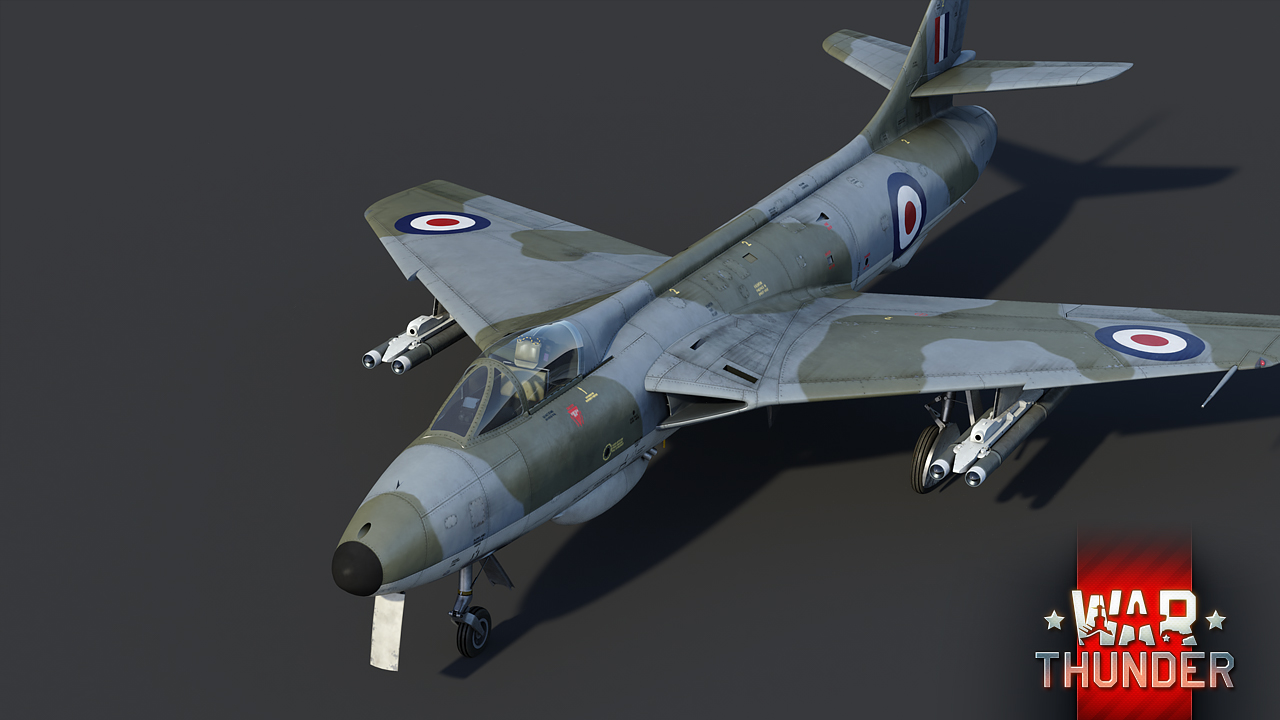
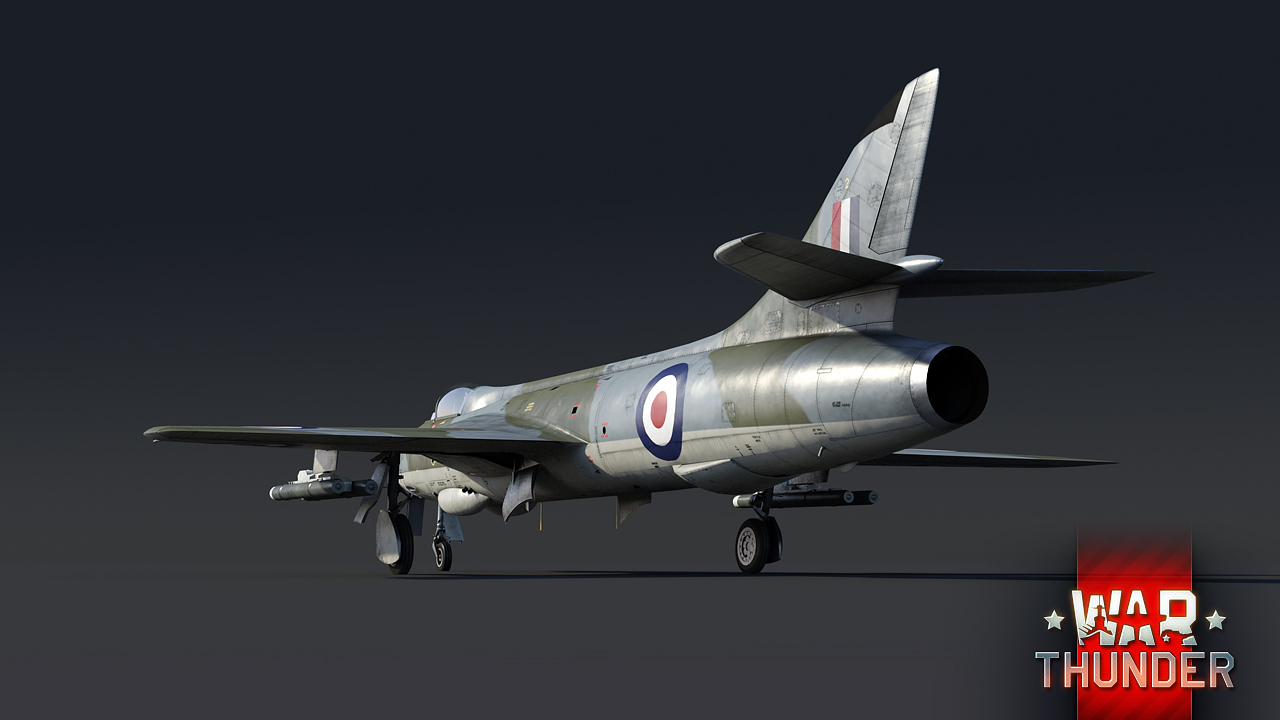
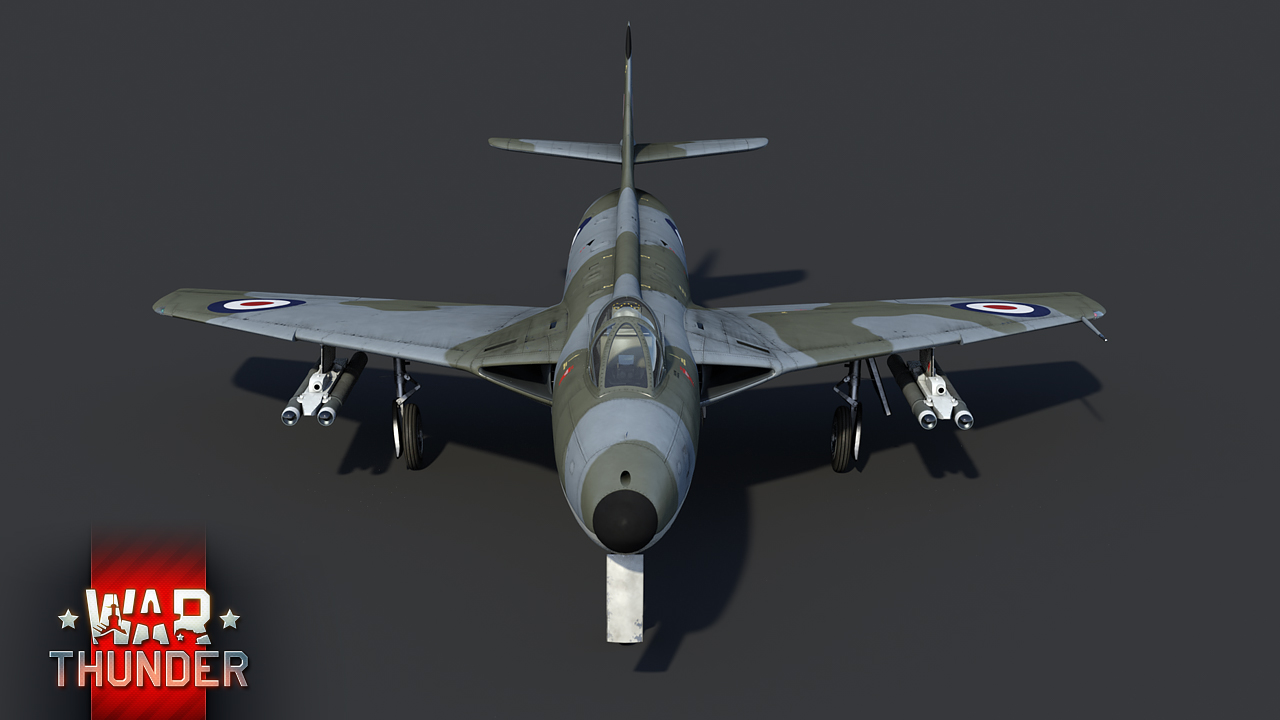
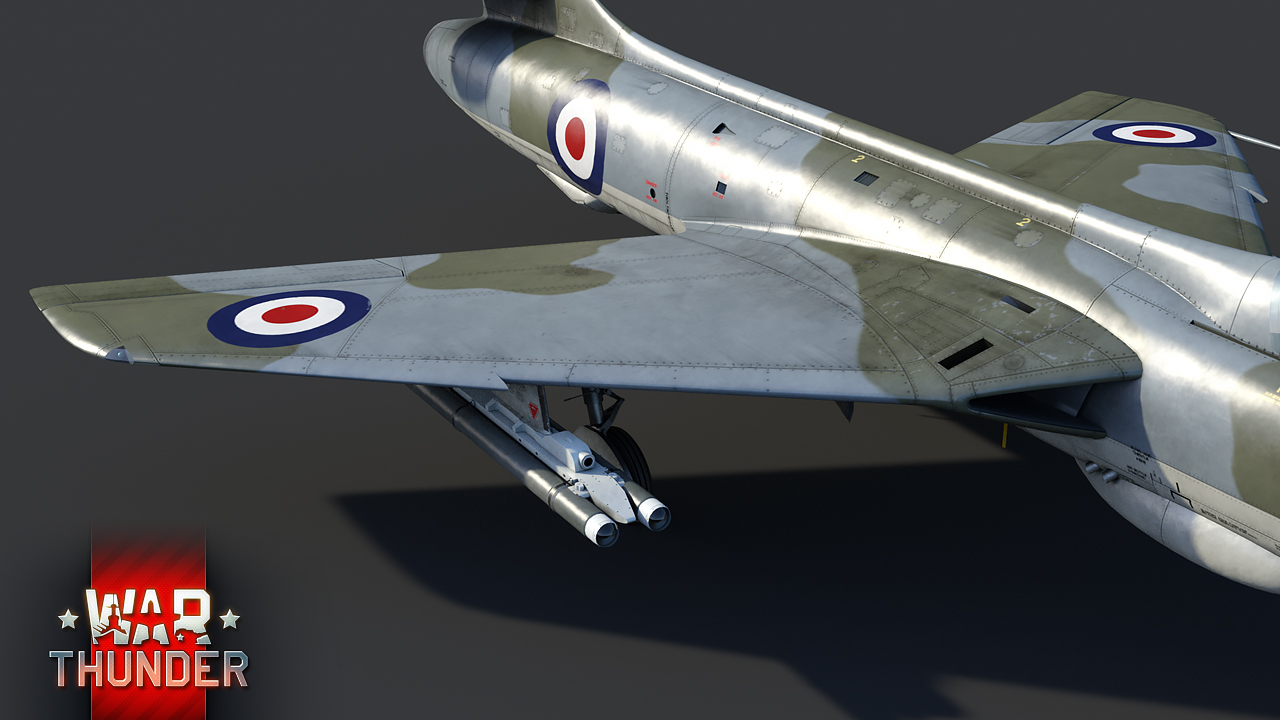
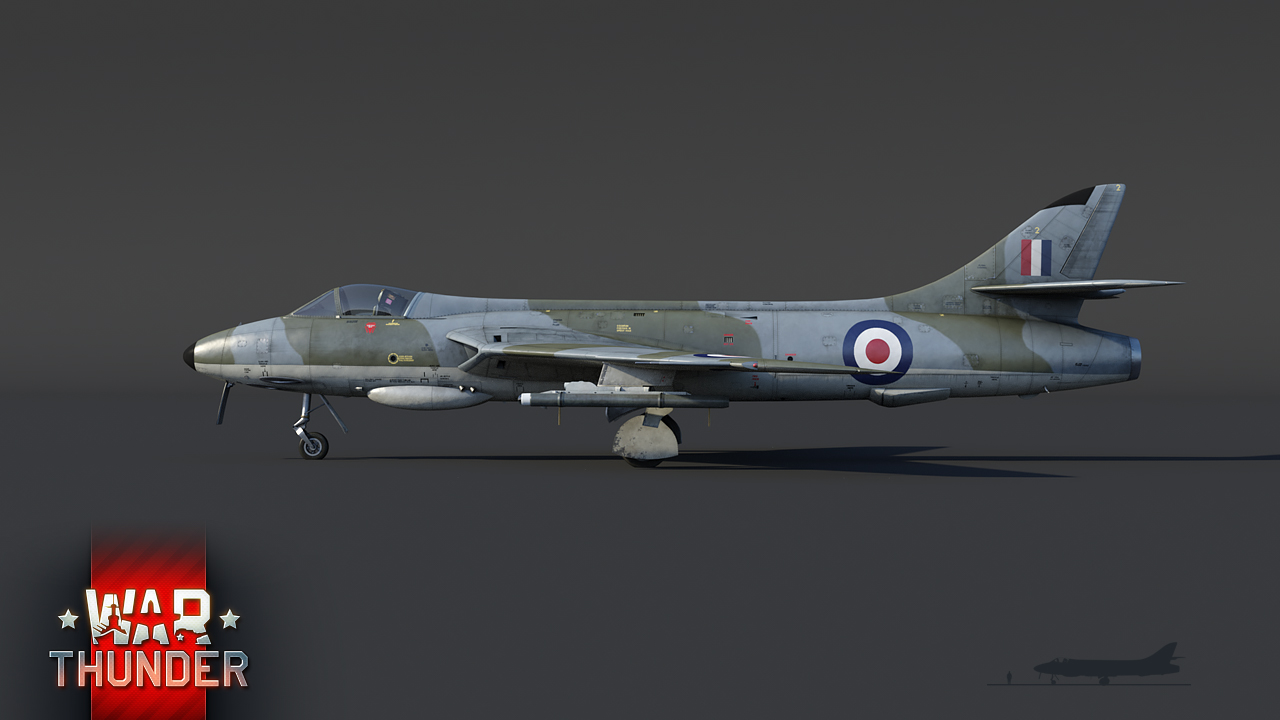
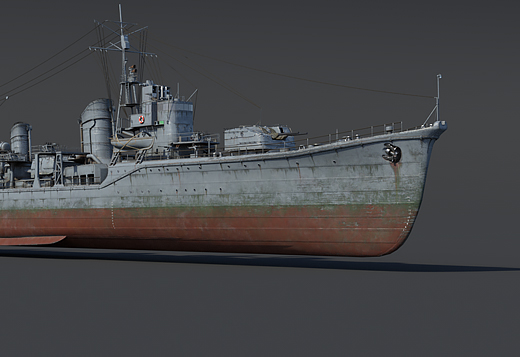
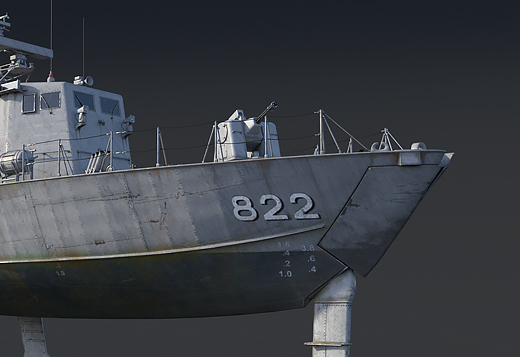
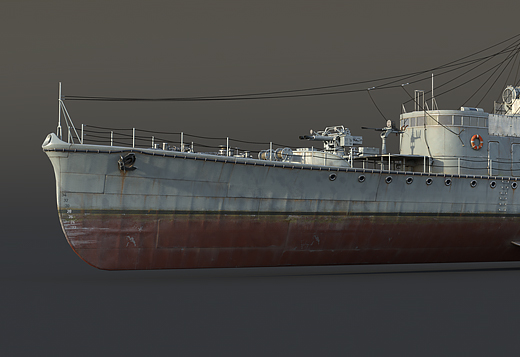
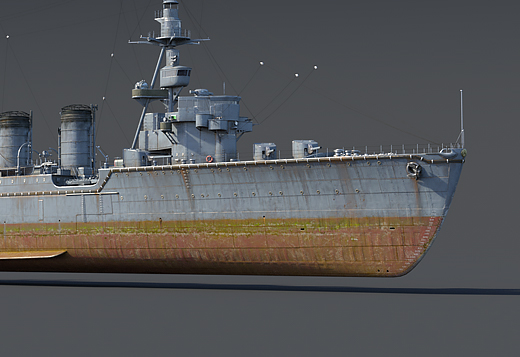
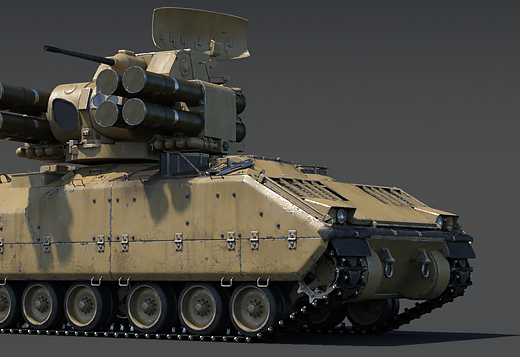
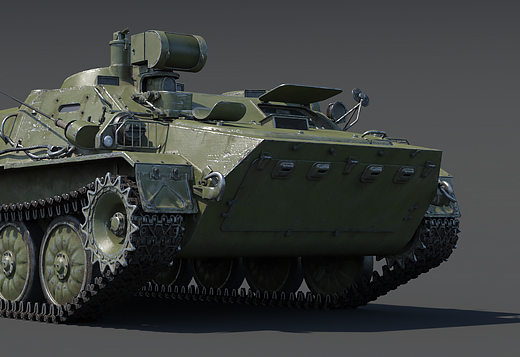
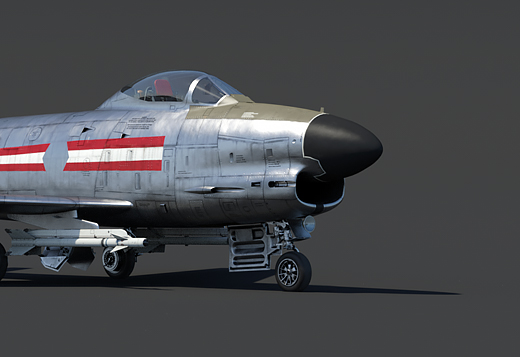

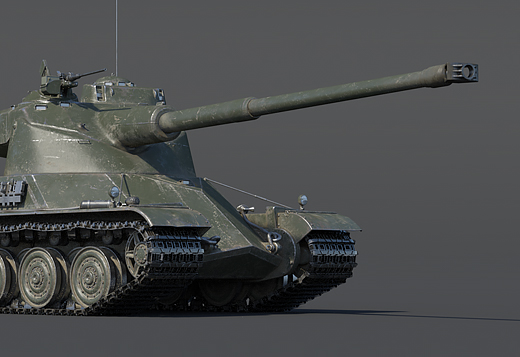
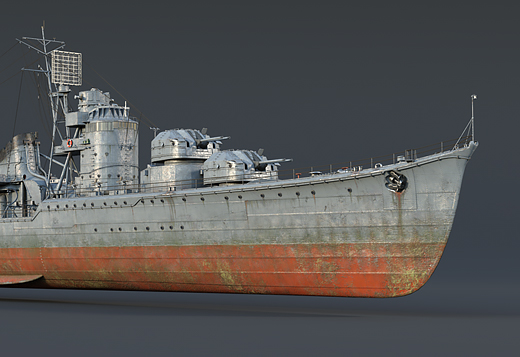
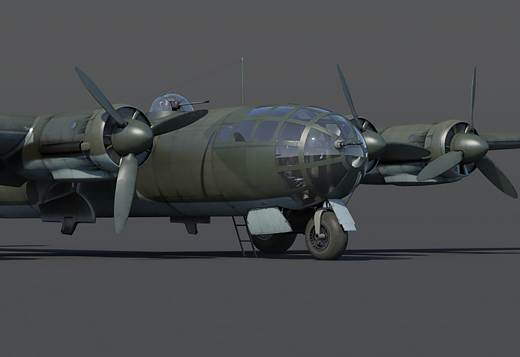
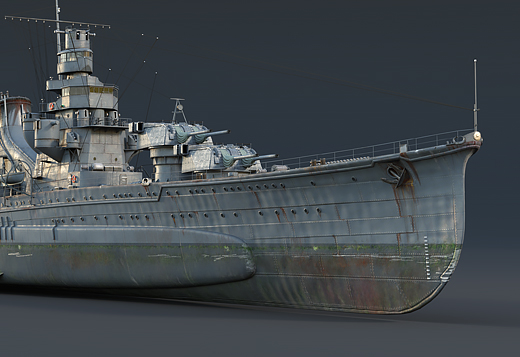
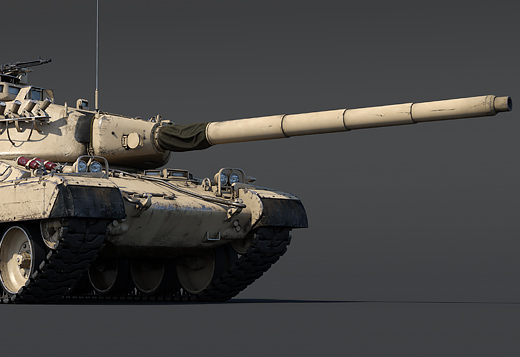
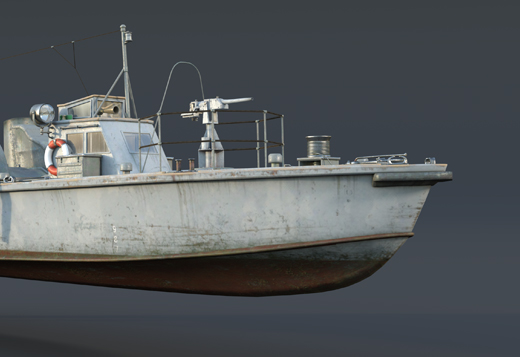




Comments (148)
Its a shame to see missiles that hardly require any skill added, how are you supposed to evade a SRAAM that can pull 25 G's?
don't get in a dogfight with the hunter, don't permit him to get on your six? etc etc.
25g limit on the missile doesn't mean that YOU have to pull a 25g turn to dodge it. You dodge them like you dodge other high g load rockets (aim9L, r60m) you do a S-turn, first forcing it to turn hard to lead you in one direction, then reverse the turn direction forcing it to first have to cancel its momentum in your original direction, and try to lead the other direction. going 800 M/S with a 25g turn equals 2625m radious turn circle. Same turn radius going 1150 Km/h is only 3.96g turn.
still nothing about ww2/early cold war ground vehichles, where is frensh armored cars, japanece heavies , italians are completly unfineshed at rank 3-4, just more top tier vehichles that i dont care
Japanese heavies? almost every of them were only "paper" or "prototype." Maybe few will be able to be added but wouldn´t it be same as IS7, E100 or IS6, T29 Heavy etc. Extremely hard to penetrate and 1 hit killers. French Panhard ERC 90 or ASV 150 Dragoon, Panhard EBR would be nice addition.
eragon96, half of the game consists of prototybes, and there are few blueprint tanks and whats problem with them, dont tell me that lack of info because they keep adding modern tanks that are highly classified therefore there is no true info on them so there are prety much the same as adding blueprint tank, like they are adding type 16, vehichle that entered into service few years back
So this one can reach 1000 kph without disassembling? Thats a progress. I hope its not gonna be at 9.7. Also "Enhanced handling at high speeds". Does it mean that I can keep my wings if I try to turn at high speeds? Cooool
You want the F6 to potentially fight 8.3 BR planes? Lol, you are the type of player who won't be satisfied unless you can club :D
Xtanol, And what makes it 9.7 huh? Its a better Hunter.The Majority of other sabres, G91s,... (Subsonics with missiles) Are at 9.3 if I am not mistaken (thats possible too).Soo why this one should be 9.7? Subsonic...TurnTime Is not that good...It hasnt afterburner... Tell mě why it should have higher BR than those guys.
Cool. Too bad most of the comments are people crying about everything else.
You need to give those modelers a raise, all of the models for these vehicles are just amazingly nice. Very nice job as always Gaijin!
Hi Gaijin, the British players thank you for the new hunter. Although, I must admit, I and many others were/are hoping to see a supersonic come soon. Any chance that will be this patch?
Where is my AH-1S?
helis are ussless now anyway so dont worry about them
... Eurocopter Tiger, Soon? ;)
TheAntiAirGuy as far as i can see you played exactly one helicopter which is a premium died 9 times in it and killed a total of 3 ground targets and 0 air targets. So..... i would suggest you start flying the stuff first that is already in the game and enjoy these, before you keep asking for new helicopters without even having some experience in how to play them. When you have researched and flown some in the regular tree you can ask your question again. happy grinding and fly save.
helis are ussless now anyway so dont worry about them
Yay Britain gets a new useful jet. Those Missiles seem a bit scary ngl. Now all we need is the SEPECAT Jaguar and the F-8 Crusader. I know
F8 was able to reach 2 Mach, unbalanced for now. Give our snail 2 years we will see what they will do.
eragon96, Mach 1.8 btw. The A variant was alot slower than the one you're thinking of.
I don't play british jets on the usual but daaaammn you bet i'm going to get this bloody marvelous beauty, and those missiles too look fantastic!!!
Submit a complaint